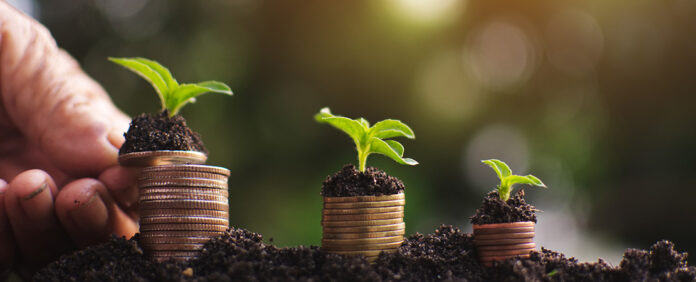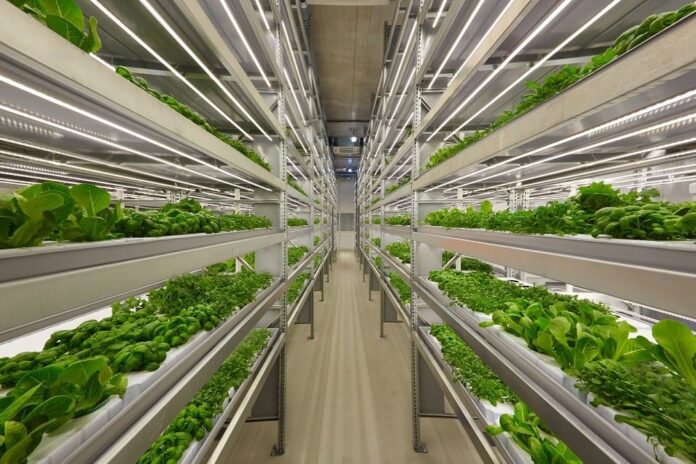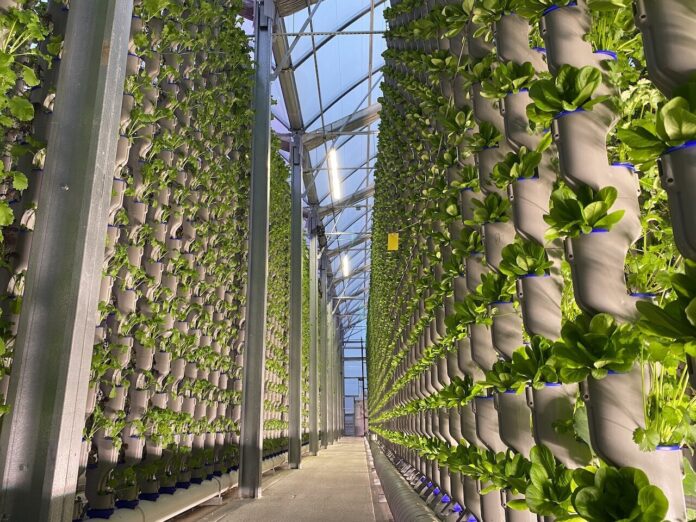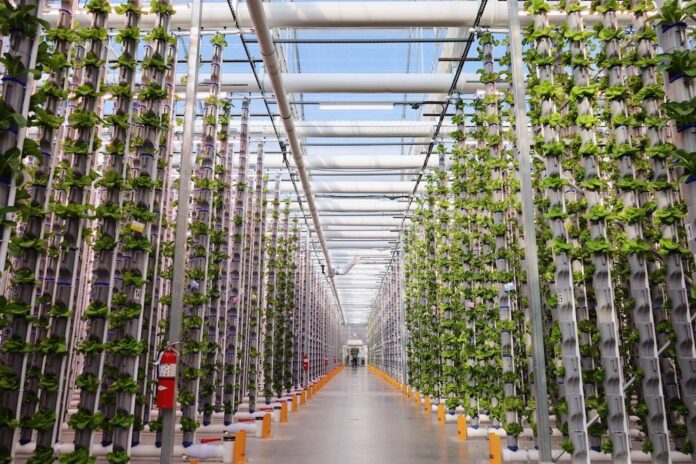
Traditional agriculture is showing more and more of its shortcomings over time. Huge areas of land are cleared due to such cultivation, while just one vertical farm occupies almost 95 percent less land. Vertical farms allow plants to grow in very small spaces. Intensive urbanization has left almost no horizontal space for outdoor urban gardens, so vertical farms are desirable because they horizontally reduce the area occupied by plants growing upwards.

Vertical farms are not only extremely beautiful but also useful in reviving the environment. Green walls can absorb carbon dioxide (CO2) from the air, reduce indoor and outdoor temperatures, ensure healthier indoor air quality, and beautify the space.
Farmers from underdeveloped and emerging economies find it difficult to adapt to vertical farming technology, mainly due to a lack of information and technical knowledge. In order to improve crop quality and yield, artificial intelligence is increasingly used in agriculture. AI and robotics will become indispensable in the agriculture of the new age.
Artificial intelligence can already dictate and control the heat, light, and water needed by crops. In any case, all those who are thinking about vertical crops should keep a few things in mind.
Selection of site and soil

We know that fertile soil is the foundation of success when it comes to crops. The soil not only strengthens the plants, it also provides all the nutrients needed for a large yield of vegetables, fruits, and flowers. By adding compost or organic fertilizers, the soil can be enriched with the nutrients needed for top growth. One of the biggest benefits of vertical gardening is using less soil and garden space to grow the plants you want.
Construction
The structure must be strong enough to hold the plants. If you are already planning to start a vertical farm, it is better to do the preparatory steps properly and for the construction to be done well. Keep in mind that the plants will get heavier as they grow.
Fertilization

Fertilization is an important part of maintaining a vertical garden. Many types of plants grow best with regular feeding during the growing season. Try to avoid artificial fertilizers because they give an immediate result, but over time they cause damage to the soil.
Protection against disease
In order to be satisfied with the crops, it is important to protect the plants from various diseases, and to regularly prune, water, and properly dispose of infected plants (you should throw the infected plant material in the trash or burn it in order to destroy the sources of infection of various diseases.
Final thoughts
Vertical farming is considered a very efficient and sustainable way of producing food. Some farmers thus use 250 times less water than a traditional farm needs. Improved shelf life, flavor, and pesticide-free growing practices will increase demand for produce grown in controlled environments. The first vertical farms inside stores were also announced, where customers will be able to pick their own greens.





